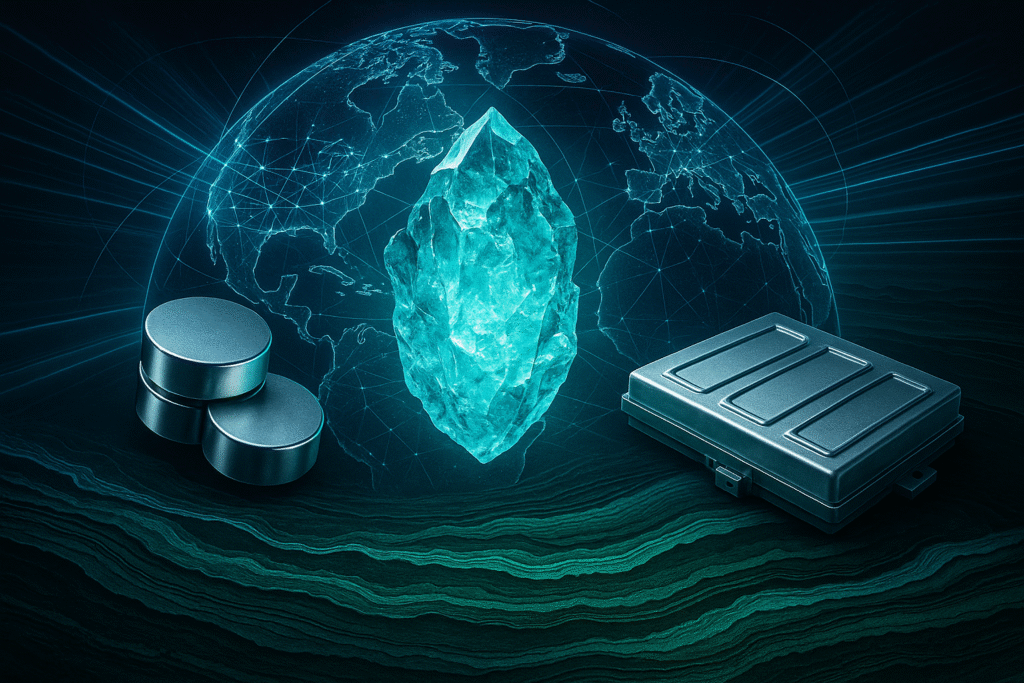
A data-driven look at Brazil’s critical minerals and the new PNMCE — without exaggeration.
The global clean-energy transition created an unprecedented demand for minerals such as lithium, nickel, cobalt,
graphite and rare earth elements. These materials are essential for electric vehicles, solar panels, wind turbines,
grid-scale batteries and AI hardware.
According to the International Energy Agency (IEA), demand for lithium may grow over 40× by 2040, and minerals like
graphite and cobalt may grow several times compared to 2020 consumption levels.
Brazil’s PL 4443/2025 — the proposed Política Nacional de Minerais Críticos e Estratégicos (PNMCE) —
establishes a structured national strategy to monitor, industrialize and secure these minerals within Brazilian territory.
(Reference: PL 4443/2025)
Based on Igarapé Institute, Wilson Center, ANM and USGS:
These figures are not speculative; they are supported by multiple international mineral surveys and Brazilian ANM data.
They confirm that Brazil is undeniably one of the strongest geological players in the world.
The bill establishes a national framework for critical minerals, including:
Everything in the bill focuses on value creation inside Brazil, not merely exporting raw ore.
The law introduces Zonas de Processamento de Transformação Mineral (ZPTM) — special industrial zones designed
specifically for minerals considered critical or strategic (PL 4443/2025, Articles 5–6).
ZPTMs will:
This is a practical way to shift Brazil’s role from exporter of raw materials to manufacturer of
battery-grade inputs, magnets, catalysts, alloys, and semiconductor materials.
The bill also recognizes the importance of minerals essential for food security:
Including fertilizer minerals is a critical component for Brazilian agribusiness stability.
The world currently depends heavily on China for mineral refining:
Brazil, with large reserves and political stability, is positioned to become a strong alternative supplier for the USA,
EU, India and Japan.
PL 4443/2025 creates the regulatory and industrial foundation needed for Brazil to participate in the global clean-tech
manufacturing chain — not only as a miner, but as a strategic industrial partner.
Brazil’s rare-mineral potential is unique and globally relevant. With realistic numbers and a grounded policy approach,
PL 4443/2025 demonstrates how Brazil can move from an exporter of raw ores to a central actor in the clean-energy
revolution. If implemented effectively, the PNMCE will strengthen Brazil’s energy, industrial and technological
sovereignty for decades to come.
We use cookies to improve your experience on our site. By using our site, you consent to cookies.
Manage your cookie preferences below:
Essential cookies enable basic functions and are necessary for the proper function of the website.
These cookies are needed for adding comments on this website.
Statistics cookies collect information anonymously. This information helps us understand how visitors use our website.
Google Analytics is a powerful tool that tracks and analyzes website traffic for informed marketing decisions.
Service URL: policies.google.com (opens in a new window)
You can find more information in our Cookie Policy and Privacy Policy.